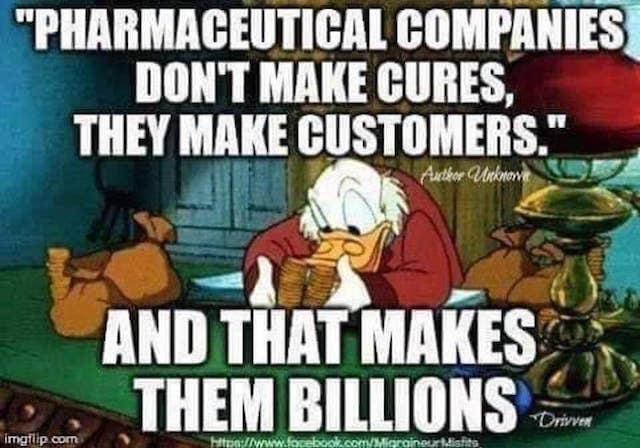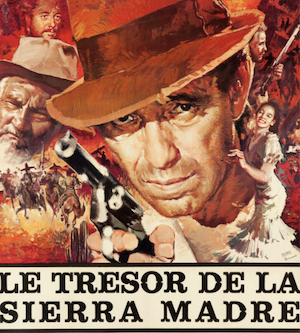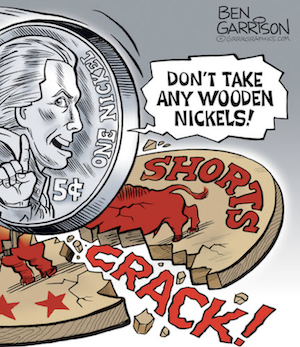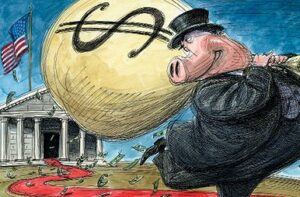YEAHHHHHHHHHHH!!!
 Visitors from around the world come to the United States for healthcare because the U.S. has the best healthcare in the world, if you have money.
Visitors from around the world come to the United States for healthcare because the U.S. has the best healthcare in the world, if you have money.
However, compared to other high-income countries, the U.S. is an anomaly in how low it ranks for health outcomes. In fact, “the U.S. continues to be in a class by itself in the underperformance of its health care sector,” according to a 2024 study from The Commonwealth Fund.
For as much money as the country spends on healthcare annually, its citizens are sicker, have worse access to care, and are subject to more administrative inefficiency than our peers.
In 2023, the U.S. spent 16.5% of its gross domestic product on healthcare. France, Germany, Switzerland, New Zealand and Canada spent between 11% and 12%.
The U.S. has outspent other high-income countries for decades, and spending growth has also outpaced them. In 1980, the U.S., Sweden, and Germany each spent a little over 8.2% of their GDP on healthcare. More than 40 years later, that percentage has doubled for the U.S. and has risen more modestly for others.
One big reason? Prescription drug prices.
U.S. consumers pad pharmaceutical companies’ bottom line
Combined, private citizens and the U.S. government spent $4.5 trillion on healthcare in 2022, according to healthcare policy research firm KFF.
Most of the money in the U.S. and abroad is spent on hospital and physician care. Meanwhile, in the U.S., 11% ($449.7 billion) goes to prescription drug spending.
“The U.S. federal and state governments have generally done less to directly regulate or negotiate prices paid for medical services or prescription drugs than have governments of similarly large and wealthy nations,” according to KFF. “The U.S. often pays higher prices for the same brand-name prescription drugs, hospital procedures, and physician care than similarly large and wealthy countries.”
The U.S. pays about 2.78 times more for prescription drugs than its peers. U.S. prices for name-brand drugs were at least 3.22 times higher.
On Sunday, President Trump changed that precedent, announcing that he would sign an executive order Monday to lower prescription drug prices by tying them to what other countries pay.
Trump says the U.S. will institute a policy known as the Most Favored Nation that will see costs “reduced by numbers never even thought of before.”
The president says his new plan will cut drug prices “almost immediately, by 30% to 80%.
Here’s how much the Big 3 U.S. drugmakers could fare under the new rules.
Thanks to the U.S. market, Merck, Pfizer, and Johnson & Johnson are three of the biggest pharmaceutical companies in the world.
Of the $13.72 billion Pfizer’s biopharmaceutical business made in the first quarter, $8.3 billion came from the U.S.
If Trump succeeds in lowering prices, Pfizer could see its U.S. revenue drop by more than $6.6 billion.
Merck’s pharmaceutical business made $13.6 billion in the first quarter, 58% ($7.9 billion) of which came from the U.S., and just 17.5% ($2.4 billion) came from Europe.
So if Trump succeeds in lowering prices by as much as 80%, Merck’s U.S. revenue could fall to $1.58 billion.
Johnson & Johnson’s oncology segment made $5.7 billion in the first quarter. Darzalex, which treats multiple myeloma, generated $3.24 billion in sales.
Seven cycles of Darzalex cost over $56,000 annually in the U.S. Meanwhile, in Canada, the same seven treatments cost less than $2,000.
Written by Cassidy Morrison for The Street ~ May 12, 2025








